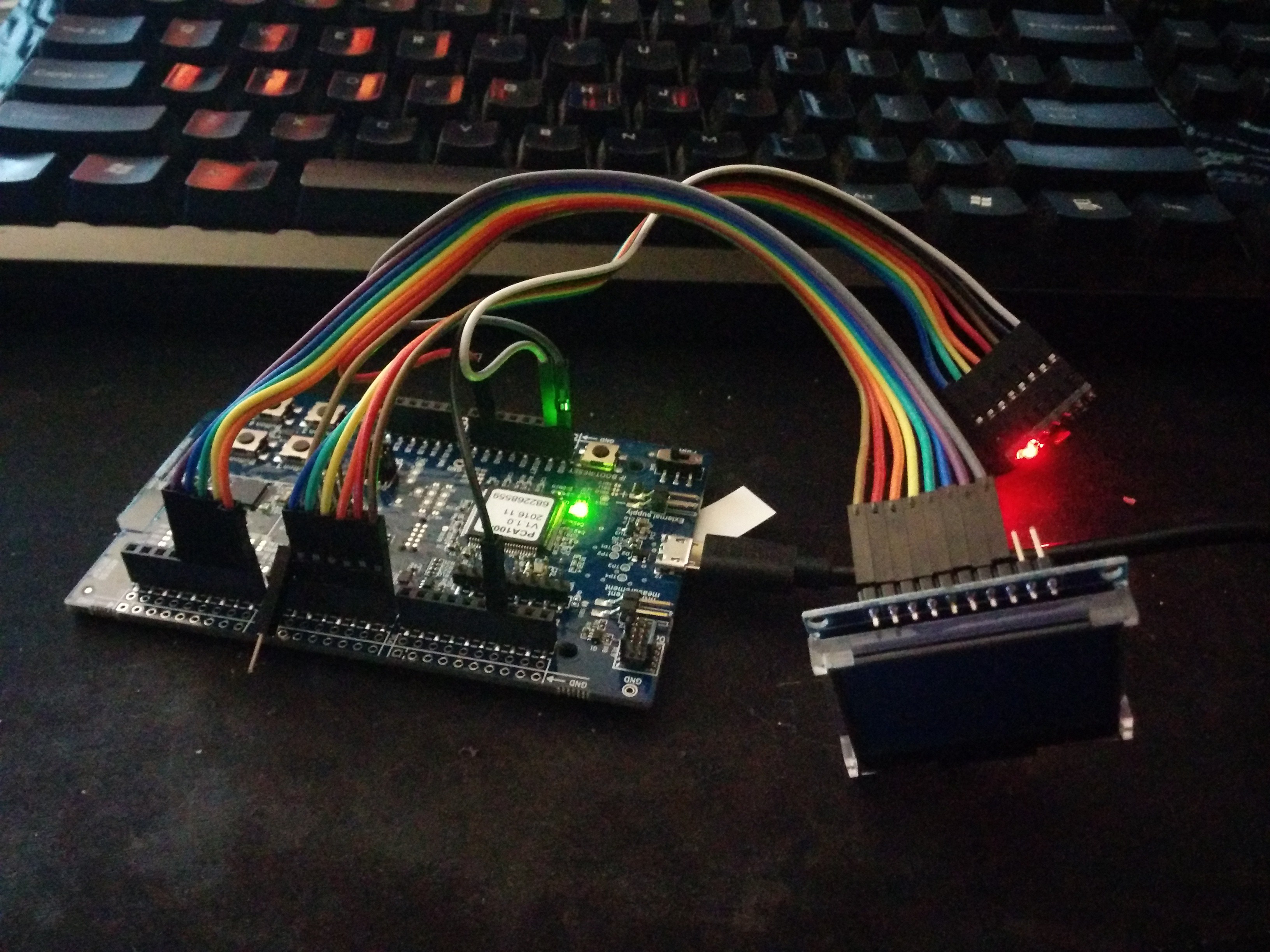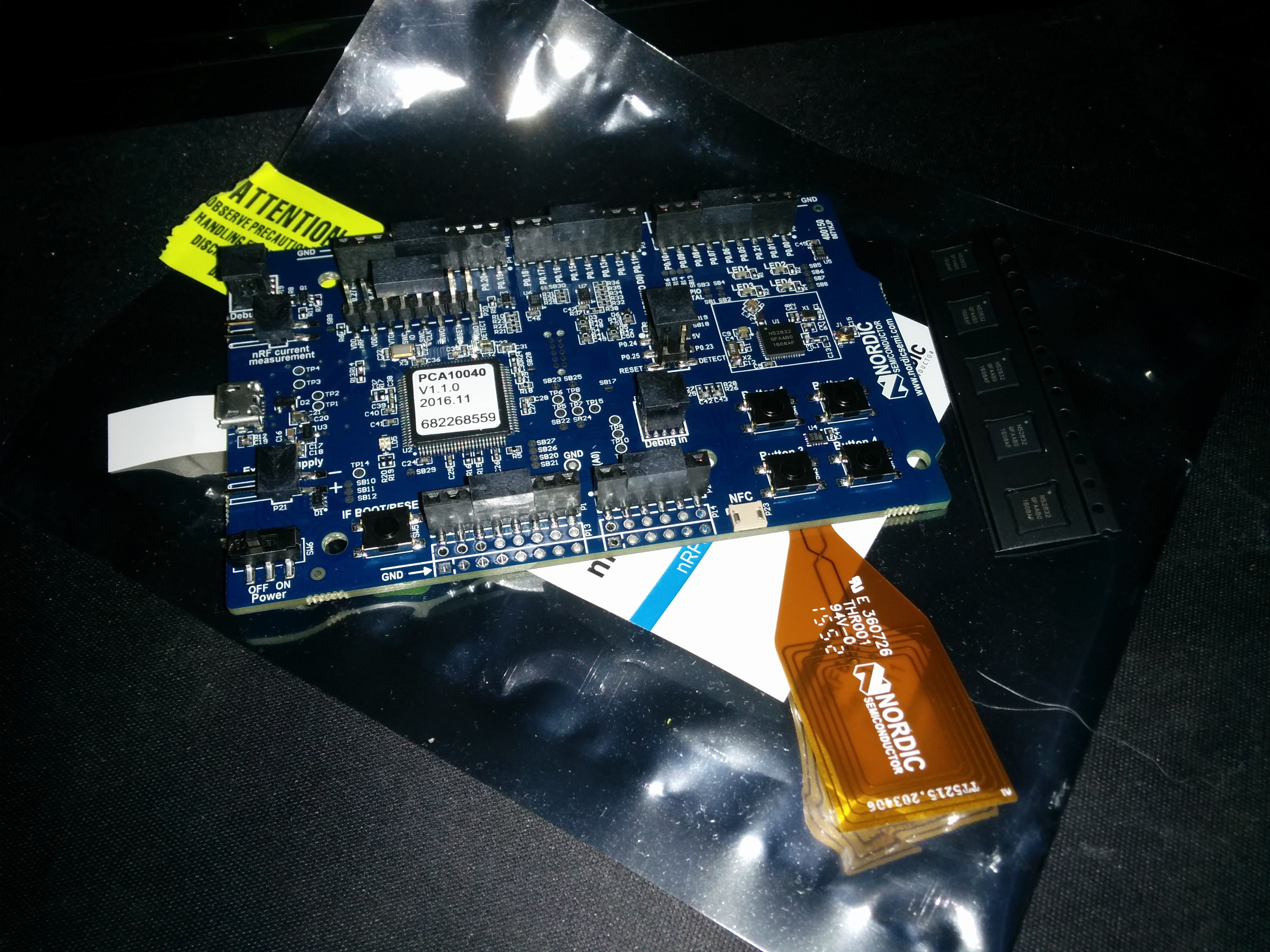So, what's the point of this project?
Security.
Two factor authentication is important, but having it all through your phone is putting all your eggs in one basket. If your phone is compromised, welp, there goes that second factor.
This "Dead Man's Watch", for lack of a better project name (I'm always open to better names), keeps your keys in a form factor that is ALWAYS on your person (which I will admit will make it a little awkward for recharging, I'm thinking a wrist-strap-based inductive charger) and tied to your bio-metric signals. The device loses those? It's not on you anymore. If you lose possession of the device, time to wipe the keys. Definitely not for everyone (but then, not everyone cares about security quite this much).
The concept this is based on: https://en.wikipedia.org/wiki/Dead_man's_switch
 MicroHex
MicroHex





I take my wristwatch off when I go to sleep. When I understand the description, it would wipe all the keys in this case. How is this intended?